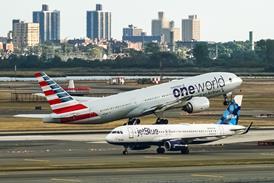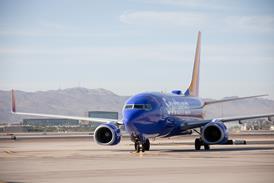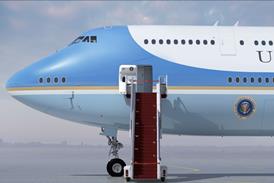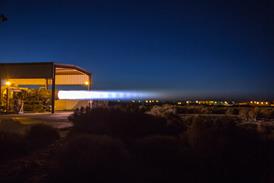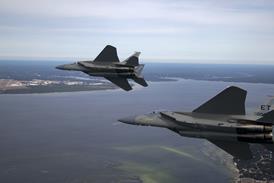Guy Norris/LOS ANGELES

Boeing has begun concept studies of a 70-seat regional-jet variant of its 717 as part of wider family options based on the -200, -100X and -300X derivatives. It has also commissioned a broad-ranging study of the regional airline market to help guide its 717 development plan.
The 70-seat study could herald a significant move by Boeing into the hotly contested booming regional-jet market and would be new territory for the manufacturer. "We have to go back to look at a 70-seater," confirms 717 programme chief project engineer and platform leader, Thomas Croslin, who adds that the accompanying study is needed because "we are trying to understand the regional market".
Although Boeing is aware of the potential pitfalls of shrinking aircraft to meet niche requirements, it believes "development of a family is also important", says Croslin. The current concept is based around a two-frame shrink of the proposed 717-100X, an 80-seater conceived as the MD-95-20, and the use of lighter Rolls-Royce BR710 turbofans, in place of the BR715s used on the 717-200.
The company believes its aggressive cost-cutting efforts on the 717, aimed at achieving a 10% reduction by production of aircraft number 100, 20% by number 200 and 30% by the 300th aircraft, will make a shorter variant economically viable. Based on these projections, it believes it could match or beat competing products, such as Bombardier's CRJ900, which carries a list price of $28-29 million.
The regional market study, which will present conclusions and recommendations to Boeing before the middle of the year, coincides with the release of new funds to continue detailed configuration studies of the proposed -100X and stretched -300X derivatives. The work will include windtunnel studies on the closely coupled -100X in particular. Less work is required for the stretched, 125-seat -300X, says Croslin, as this would be similar to the "well understood" McDonnell Douglas DC-9-50. The overall effort is aimed at securing an ultimate sales target of 1,500 717 "family" aircraft, of which an estimated 1,000 would be -200s.
News of the development emerged as TWA received its first 717-200 at Long Beach, California. The airline is to take fifteen 717s this year as the first batch of 50 on firm order. TWA has options on 50 more.
The airline plans to use the 717s on shorter routes as it gradually phases out 10 remaining 727-200s this year and 29 hushkitted DC-9s over the next four years.
The DC-9 phase-out rate could speed up if the surge in fuel prices continues.
Source: Flight International


